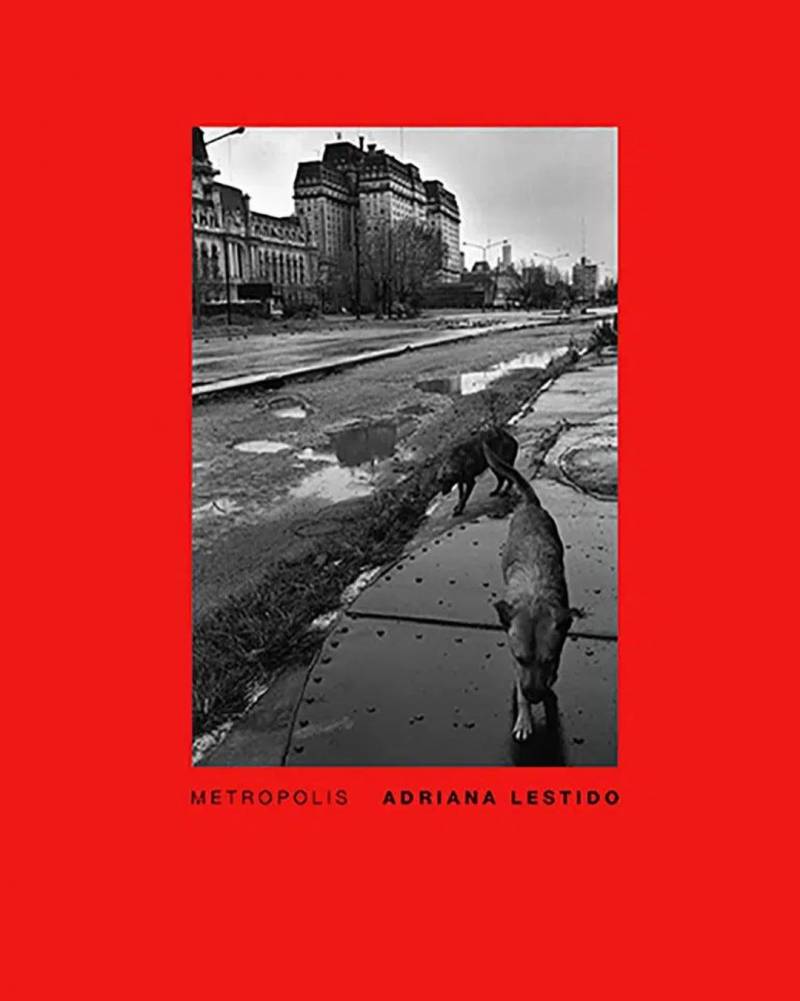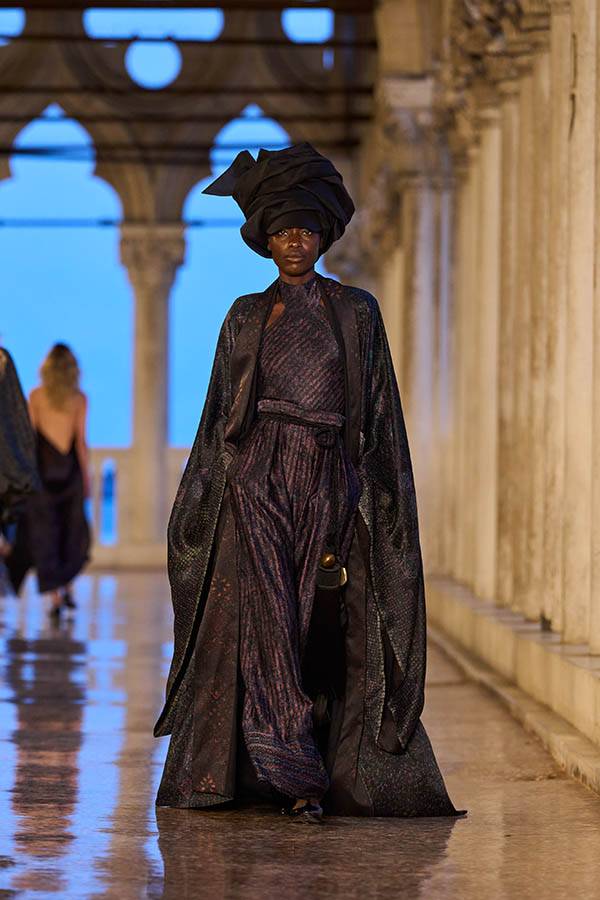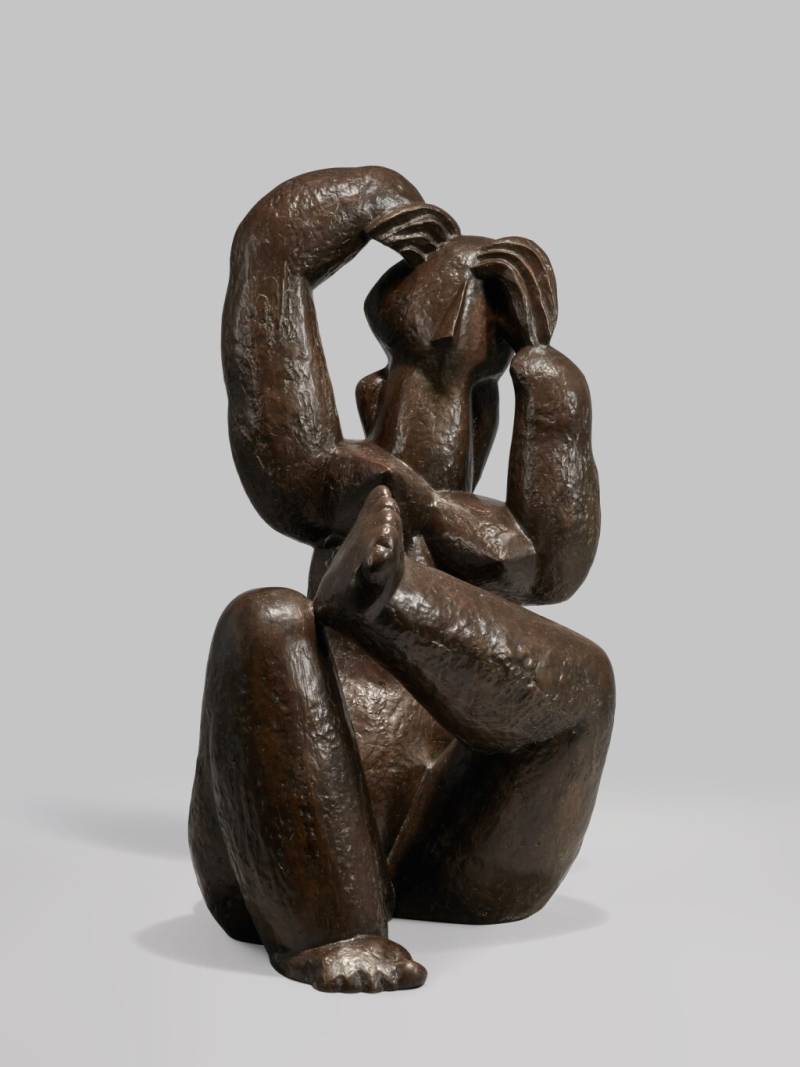The Rencontres de la Photographie d’Arles award 4 book prizes. Three are selected by the Rencontres team: the author’s book prize, the history book prize, and the photo-text prize. The fourth, Luma Foundation’s famous Dummy Book Award, recognizes an unpublished book project. Concurrently, here is our selection of the 10 best publications presented during the festival.
1. Stefano De Luigi, Pornoland Redux, self-published
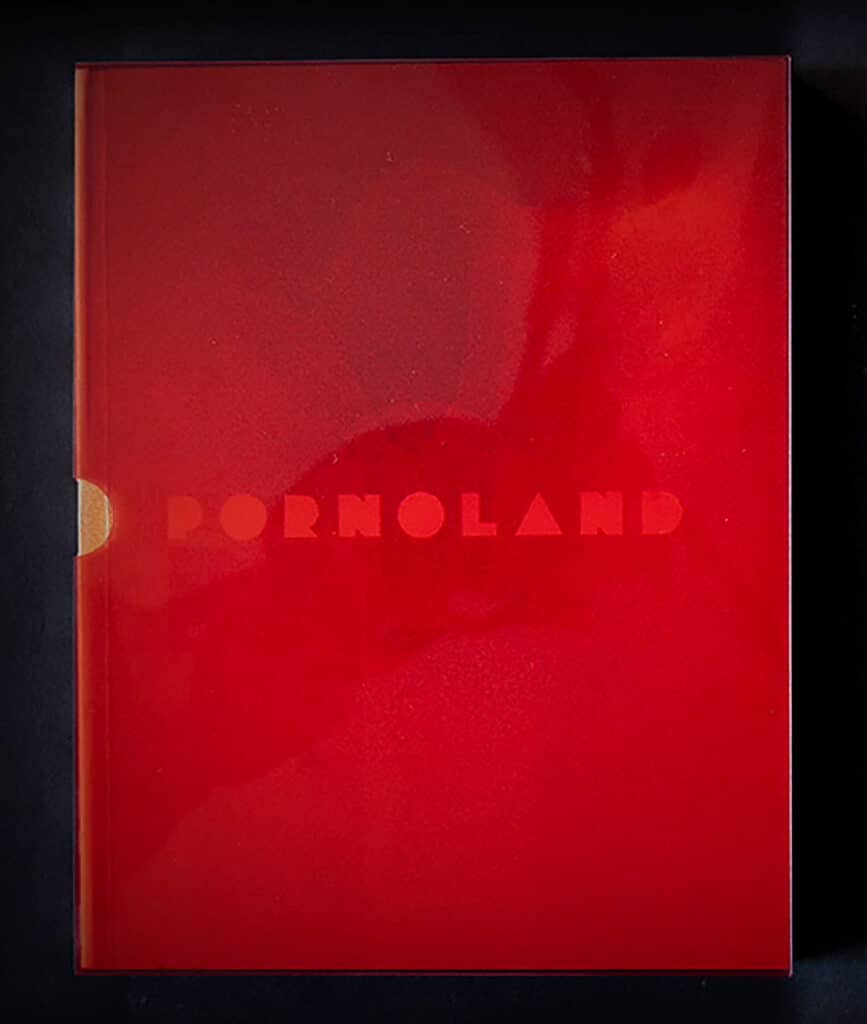
Cover of Pornoland Redux
Take a dive into the world of pornography with self-published Pornoland Redux. Member of Agence VII, the photographer Stefano De Luigi stalked the sets of X-rated films. Far from pornographic images, his camera lingers on the details, capturing things one does not expect to see: moments of respite and preparation. Pornoland Redux takes us behind the scenes, but not quite. De Luigi does not document the “making of” porn films as such, but rather seeks to sublimate the actors and actresses without trying to escape their reality. Speaking of De Luigi’s images, Silvia Mazzucchelli notes that “the actors’ souls appear before their bodies.”
Pornoland Redux, self-published, Only 350 Copies, €80,00.
2. Tomoya Fujimoto, Rien que la mer, Amers Editions
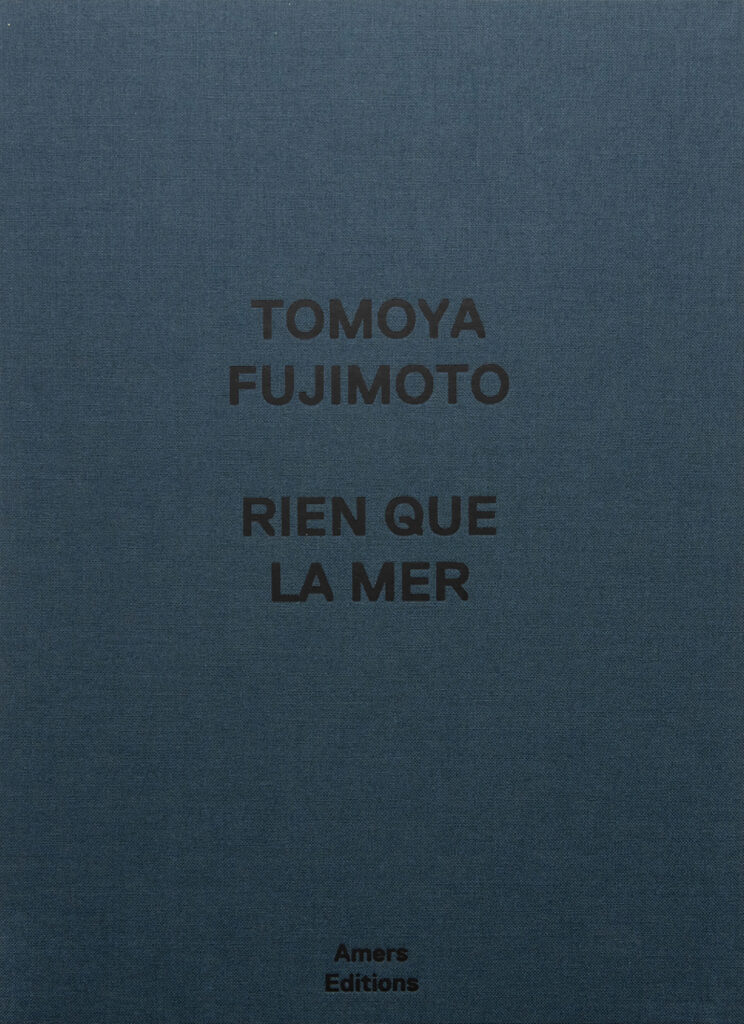
Cover of Tomoya Fujimoto, Rien que la mer
The sea, the sea, nothing but the sea. Representing the sea is the holy grail for many artists. How does one photograph the sea? How can one reproduce it, capture it? It is a subject for a lifetime, and we can almost affirm that no artist has ever really succeeded. But some people do manage to come close to this beauty, and this is the case of Tomoya Fujimoto. In his series of images of the surface of the sea in Lanzarote, the photographer presents a radical and almost monochromatic work of textures and matter. He writes: “I wanted to photograph [the waves] with sobriety and radicality, with their reflections of the sky, at sunset and at dusk, in light and darkness.”
Tomoya Fujimoto – Rien que la mer, Seconde édition, €47,00.
3. Maurizio Montagna, Toros: The Marking of a Territory, Artphilein Editions
Cover of The Marking of a Territory
Maurizio Montagna maps Spain by way of the image of the Osborne bull, created in 1956 by the artist Manolo Prieto. Originally designed as a billboard for the Osborne Group (a Spanish company specializing in the manufacture of wines and spirits), the bull has become one of the most iconic symbols of Spain. It can be found all over the country, in strategic places, along busy roads, often on hillsides, so that its silhouette stands out against the sky and can be seen from afar. Maurizio Montagna was interested in its presence in the territory. Not without humor, the photographer paints an atypical portrait of the country.
Toros. The Marking of a Territory, Artphilein Editions, Lugano, SFr. 55,00.
4. Adriana Lestido, Metrópolis: Buenos Aires 1988–1999, Rm Verlag & Ediciones Lariviere
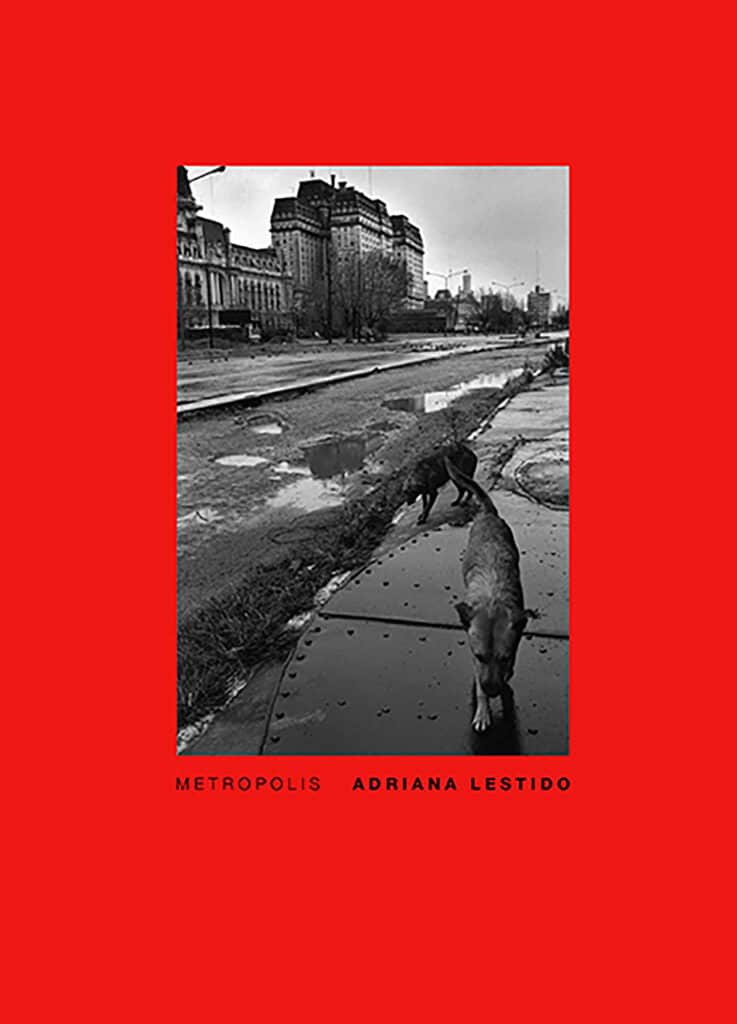
Cover of Metropolis
The book Metrópolis: Buenos Aires 1988–1999 revisits the archives of Adriana Lestido. Born in Buenos Aires, she photographed her city in black and white in the 1990s. What emerges is an elusive, fragmented, and socially uneven Buenos Aires—a portrait of people who are neglected, anonymous, lonely, or who have given up. Argentine writer and editor Juan Forn comments on Adriana Lestido’s images: “I don’t know about you, but if I were shown these photos, I would immediately want to see the film they were excerpted from. The stage is set, right in front of our eyes. Just imagine a young woman in a leather jacket, with wavy black hair, a satchel in hand, who manages to make herself invisible and capture scenes of a Buenos Aires that is about to disappear.”
Metropolis, RM editorial, €35,00.
5. Margot Jourquin, Transi, self-published

To open Margot Jourquin’s Transi is to plunge headlong into the infinite and to probe the unsolvable mystery of death. The photographer takes us in the footsteps of professional undertakers who attend to the body of the deceased, to their family, and to the organization of the funeral ceremony. “These people, who make the transition between the world of the living and the world of the dead, work in a suspended temporality. Their gestures derive from ancient rituals which have evolved with society.” Jourquin’s series of details photographed in black and white pays a tribute to these people, to their discrete tact, and ultimately to life.
6. Filomena Serra ed., Fotografia impressa e propaganda em Portugal no Estado Novo, Editorial Muga
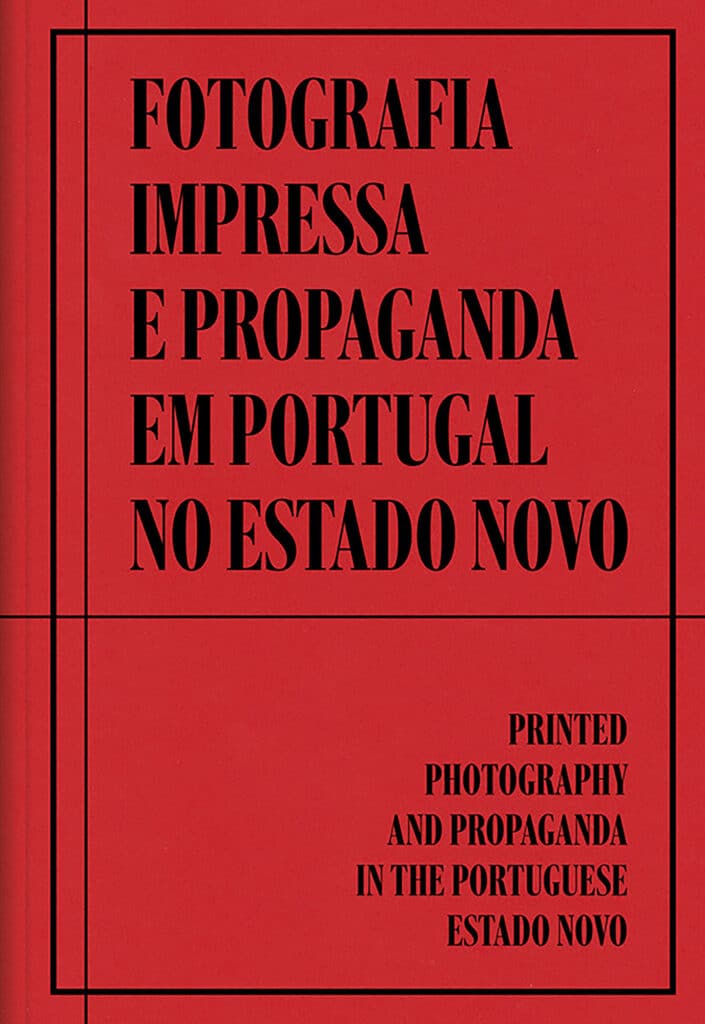
The book surveys the vast editorial production of the Estado Novo, or the corporatist state installed in Portugal from 1933 to 1974 and developed by the dictator António de Oliveira Salazar. Across 50 texts, 400 pages, and 238 photographs, Fotografia impressa e propaganda em Portugal no Estado Novo, edited by researcher Filomena Serra, reviews the historical propaganda publications of Salazar’s regime (books, magazines, and catalogs). It also presents publications that protested against the dictatorship: the surrealism of Fernando Lemos, the humanism of Palla and Martins, and other critics of Salazar’s authoritarian regime. The book has already become a go-to reference on the subject for historians, researchers, collectors, and photographers.
Fotografia impressa e propaganda em Portugal no Estado Novo, Filomena Serra, €49,00.
7. Maxence Rifflet, Nos prisons, Le Point du Jour
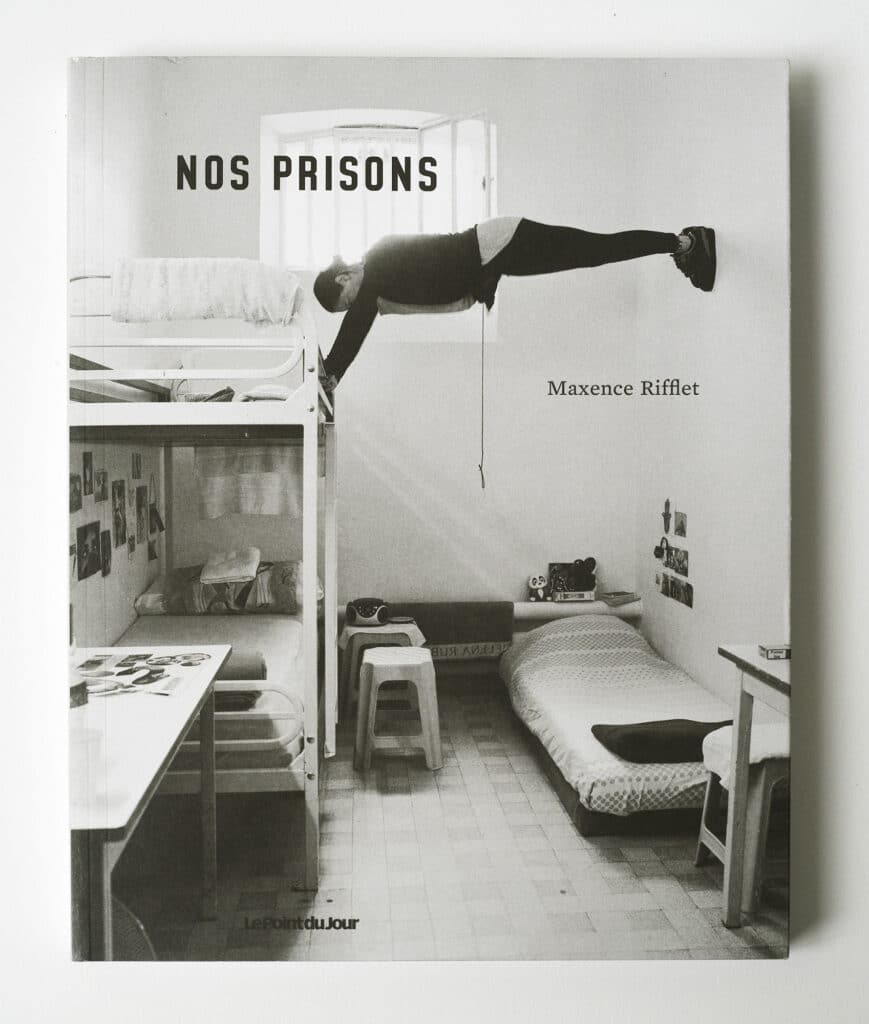
In September 2012, an association invited Maxence Rifflet to lead a photography workshop at the Strasbourg prison. That’s how it all started. The photographer did not respond immediately, he pondered the role he was to play. He writes: “The prison world seemed to me an almost impossible working situation. … The cliché idea of photography as a pretext to pry the doors open butted against an obvious paradox: a prison cannot easily participate in a program of openness to the world.” After a period of reflection and research, the photographer accepted. He even ended up working in seven prisons for more than three years. This experience yielded photographs that are anything but cliché: “Rather than using photography to reveal the hidden reality of the prison, I used the prison to rethink my tool, photography.” A stroke of genius.
Nos prisons, Le Point du Jour, €32,00.
8. Roberto Aguirrezabala, Samizdat, self-published
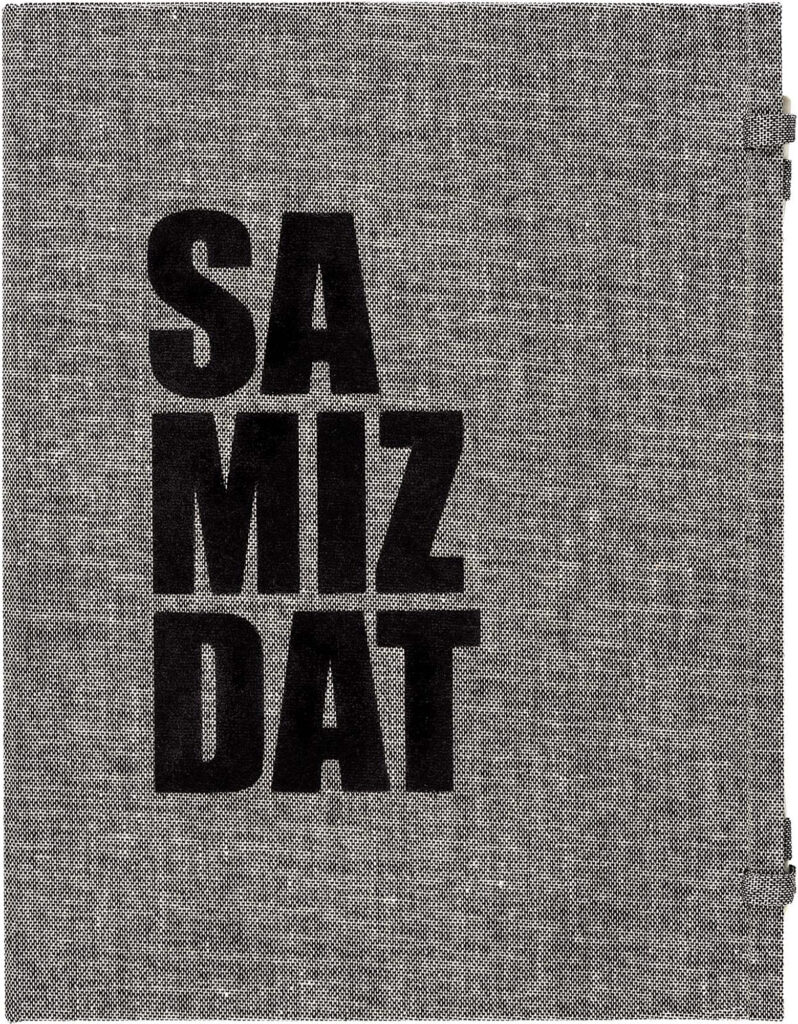
The photographer Roberto Aguirrezabala’s book is a variation on the theme of samizdat: self-published just like the works it revisits—works banned in the USSR and the Eastern Bloc, published in samizdat, and sold clandestinely. Composed of three interlinked chapters, Samizdat is a gem of a book. Between official papers, archival images, and excerpts from famous works, this pictorial account surveys the history of samizdat publications, ushering us into the world of underground resistance, never devoid of humor. Aguirrezabala opens the book with these words: “I am writing it myself, editing it myself, censoring it myself, publishing it myself, distributing it myself and doing time in prison for it.”
Samizdat, self-published, €290,00.
9. Almanac of Suspension, Witty Books
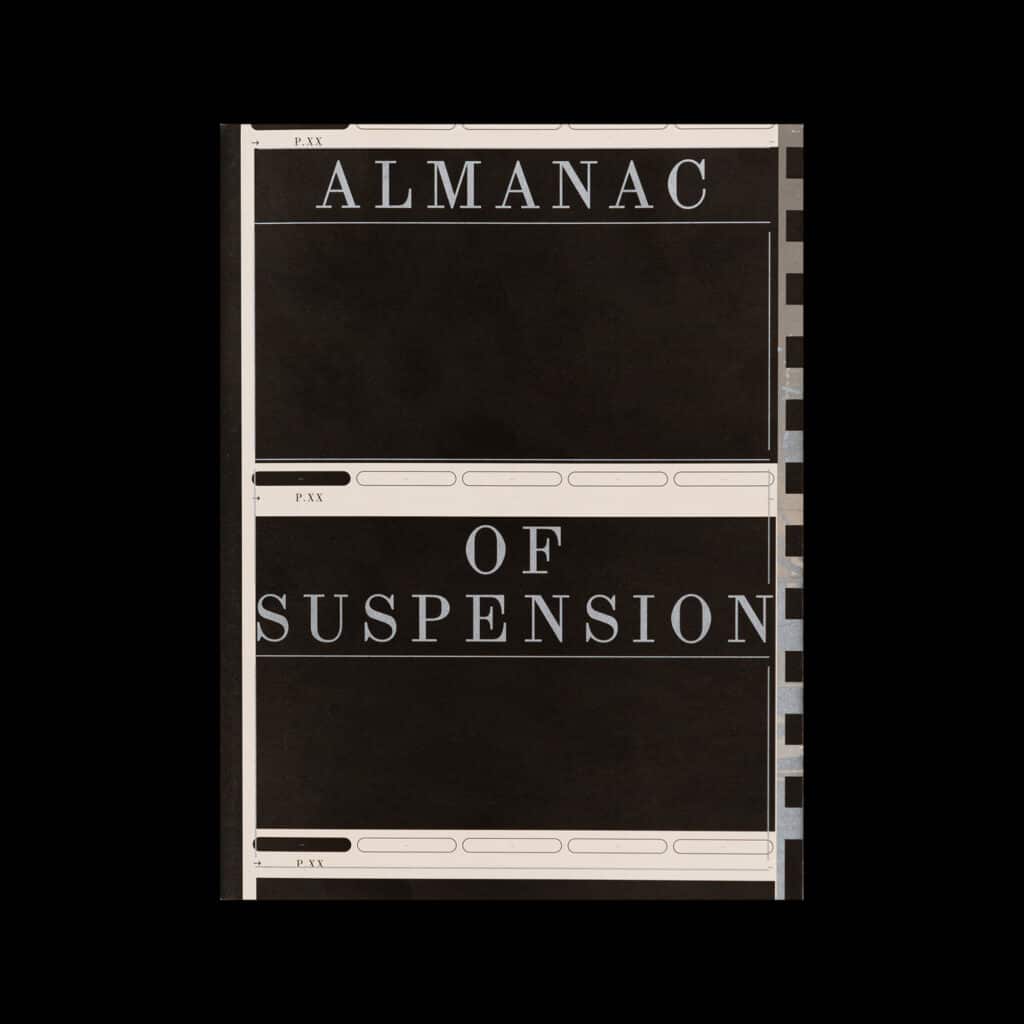
Cover of Almanac of Suspension
On March 9, 2020, Italy went into its first Covid lockdown. A historic and difficult period began for many citizens. The Ministry of Culture, in collaboration with the Triennale di Milano and the Museum of Contemporary Photography launched two calls for projects, asking photographers to document their daily lives. Almanac of Suspension, published by Witty Books, brings together images taken by more than forty photographers (including Fabrizo Bellomo, Tomaso Clavarino, Giulia Iacolutti, Alba Zari…). Produced in the form of an almanac, the book presents one photo per day, for a whole year, a valuable archive for those will ask one day: “What was it like to be in lockdown during the Covid pandemic?”
Almanac of suspension, Witty Kiwi Books, €30,00.
10. Alejandro Morales, El Retrato de tu ausencia, self-published
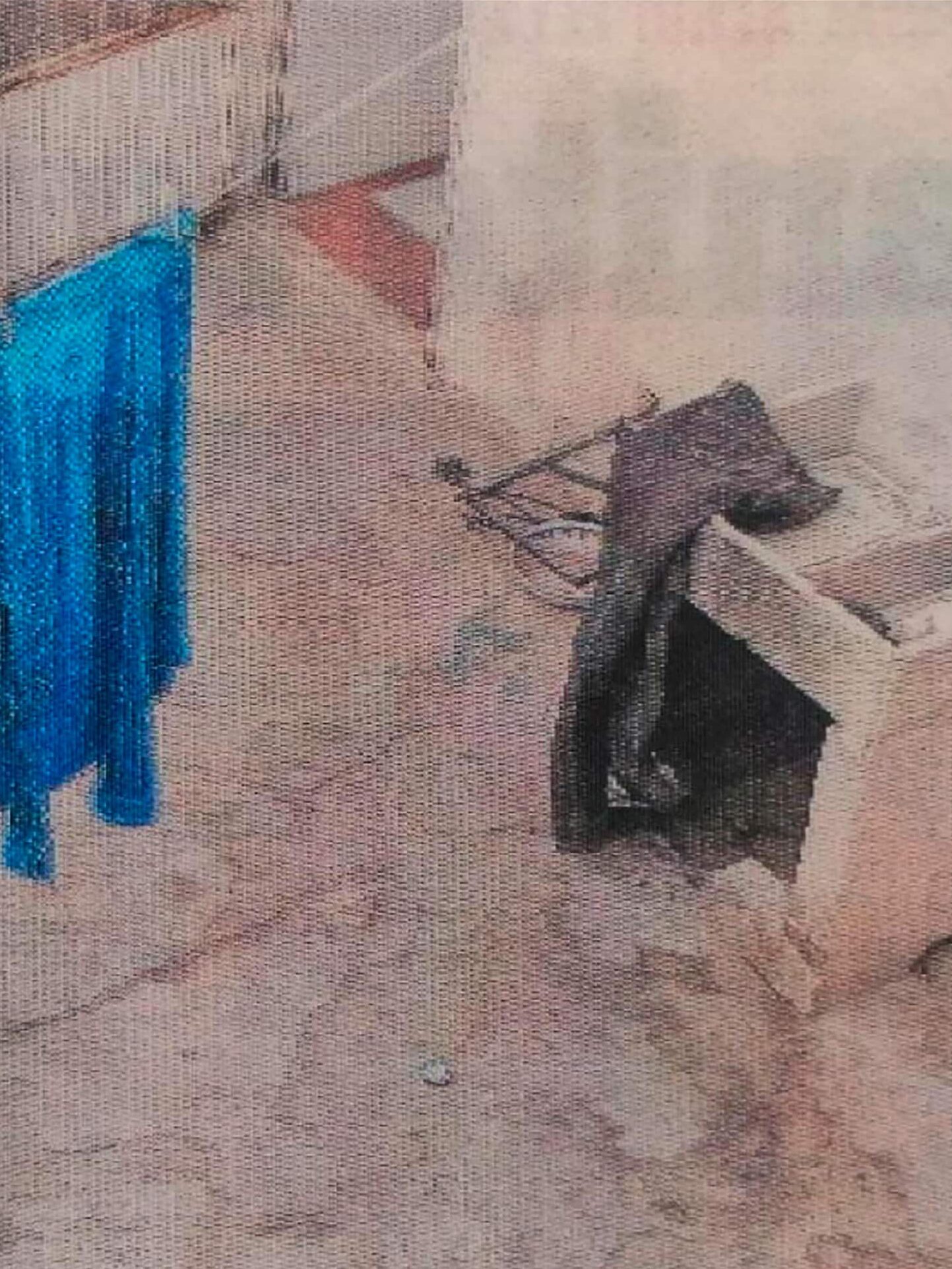
Cover of El Retrato de tu ausencia
Born in Juárez, Mexico, Alejandro Morales erases the bodies from the frequent crime-scene reports published in P.M., his hometown newspaper. Since 2010, the photographer has collected more than 500 images and performed this gesture of erasure on each of them. He always uses the same technique: rubbing out the surface with an eraser. This process turns the body of the deceased into a blank space, as if the dead had turned to dust. In this project of accumulation, obsession, and resistance, the artist deploys his images in different ways: in videos, installations, and in the book form, such as the one presented at the Dummy Book Award. Entitled, El retrato de tu ausencia, the portrait of your absence, it pays respect to the dead.
